Content
External triggers are people, places, things, or times that offer opportunities to drink and remind a person of alcohol. Internal triggers are thoughts, emotions, or physical sensations that cause a person to drink. Being exposed to either form of a trigger can result in unwanted relapse.
The tapering down process can take place for the first several weeks or even months of the alcohol recovery timeline. There are many factors that can affect how long weaning off alcohol will take. Other people use medication-assisted treatment, which can help reduce alcohol cravings as you cut back. Lastly, engaging in alcohol therapy can also make a major difference in your healing journey. A therapist will work with you to create a personalized plan for cutting back and provide ongoing guidance and accountability.
Is it Better to Taper Off Alcohol or Quit “Cold Turkey?”
By weaning yourself from drinking, you give your brain the chance to adjust the amount of GABA it produces. The abrupt stop can shock your system and induce serious side effects due to the physical dependence from prolonged heavy drinking. With physical dependence, your body becomes accustomed to alcohol and reacts negatively when it doesn’t get any more. When coming off drugs or alcohol tapering is the best way to prevent severe withdrawal symptoms. Tapering is the act of gradually reducing alcohol use until completely abstinent. By creating a schedule to monitor your alcohol use you can see just how much of the substance you are drinking.

This means that there is little data about the best way to taper your drinking. However, some groups have published tapering examples to help assist those who are trying to quit drinking. Minor symptoms of alcohol withdrawal can start as soon as six hours after the last drink of alcohol. While cirrhosis scars from excessive drinking are irreversible, quitting alcohol and leading a healthier lifestyle can help your liver heal from alcohol-related liver disease. However, even the best-designed tapers can put you at risk for alcohol withdrawal syndrome. For this reason, you should never start an alcohol taper before clearing with your doctor.
Can people successfully use alcohol to taper off?
Her experience in behavioral health training, program development, and organizational leadership lead her to pursue a certification as a Project Management Professional in 2018. Each method has pros and cons, but regardless of which one you choose, you must have the knowledge and resources to make a quit attempt successful. If you’re trying to quit cold turkey and need help, please find https://www.healthworkscollective.com/how-choose-sober-house-tips-to-focus-on/ professional help from an addiction rehab center. Even if you think either option sounds like something that could work for your situation, we still recommend talking to a doctor before proceeding. The final step of tapering off alcohol is to define your alcohol-free days. By setting a specific day or time for a ‘beer-free’ day, you create a reminder of your commitment to sobriety.
- Generally, alcohol withdrawal starts within eight hours of the last drink, but can occur anytime within the first several days after you stop drinking.
- The initial dopamine rush you experience sends a message to the brain that this is pleasurable.
- It is important to only attempt a taper while under a doctor’s care.
- By weaning yourself from drinking, you give your brain the chance to adjust the amount of GABA it produces.
On top of this, quitting immediately — or “cold turkey” as many users and professionals call it — can be dangerous. Withdrawal symptoms are generally uncomfortable to deal with, but they can be fatal. To avoid or reduce the impact of the withdrawal symptoms, people struggling with alcohol may choose to progressively taper off alcohol rather than quit abruptly. Tapering off alcohol at home versus under medical supervision can also lengthen the process, for the sake of safety.
How To Wean Yourself off Alcohol Safely
Stress is a common trigger that makes it hard to modify your alcohol intake. Finding a different, more healthy way to unload stress may go a long way in helping someone succeed in cutting back on their alcohol use. Alcohol withdrawal occurs when neurotransmitters that combat the effects of alcohol on the nervous system suddenly have nothing to counteract them. Essentially, when an individual drinks, the brain amplifies certain activities to counterbalance the depressive effect alcohol has on it. When that numbing sensation disappears entirely, the brain is left dangerously overstimulated.
- The journey to sobriety is challenging, but with the right help and support, it’s an attainable goal.
- This is especially true if you are suffering from an alcohol use disorder.
- Furthermore, connecting with people who have embarked on a similar journey can be incredibly empowering.
- When symptoms become that serious, it can be difficult to seek help.
- Studies suggest that a tapering regimen that gradually decreases doses at fixed intervals can be beneficial.
- John C. Umhau, MD, MPH, CPE is board-certified in addiction medicine and preventative medicine.
It’s vital to speak with a medical professional before you begin weaning off alcohol to ensure you have a plan to do so safely. An alcohol addiction is dangerous, and the best way to reduce the risks of drinking is to stop using alcohol. Tapering your alcohol intake, or slowly reducing it over time, can help you avoid severe alcohol withdrawal symptoms.
Tips for Tapering Off Alcohol
This excess glutamate triggers alcohol withdrawal symptoms, which can be dangerous in some cases. Because alcohol withdrawal symptoms can be life-threatening in some cases, safety is crucial when you work towards sobriety. Little scientific evidence exists regarding tapers, but medical detox has been proven to be a safe and effectiveway to quit drinking. When you slowly taper your alcohol intake over time instead of quitting cold turkey, you reduce the likelihood of withdrawal symptoms.

However, achieving sobriety is a process that can take quite some time. To speed up the processes, many choose to try going “cold turkey,” aka, stop drinking and never pick up a glass again. Figuring out where to start your alcohol taper schedule can seem impossible. It may seem simple to count each drink you consume, but all drinks are not created equal. The alcohol content itself is important, and it depends on the percentage of alcohol, the proof of the alcohol and the actual amount of alcohol in the drink. Establishing new habits and routines, and dealing with the underlying causes of your drinking habits, are essential to lasting recovery.
Contact us today to learn more about the insurance we accept and find an alcohol addiction treatment program that can work well for your situation. Once your alcohol tapering schedule is complete, How to Choose a Sober House: Tips to Focus on the work of maintenance begins. Continue to abstain from alcohol and monitor cravings or urges to drink. Don’t try to go through the recovery process alone — reach out for help and support.
For instance, a young man named Alex, after a long day at work, looks forward to the calming embrace of a beer-filled glass. However, over time, that one glass becomes two, then three, and before he knows it, Alex finds himself in the throes of a gripping dependency. Like Alex, many of us may find ourselves caught in this ever-tightening cycle.

